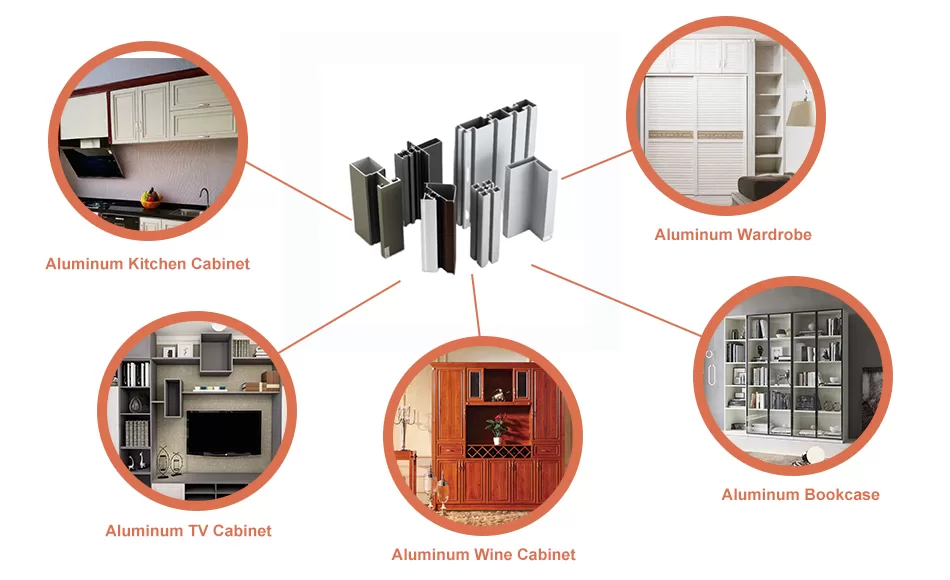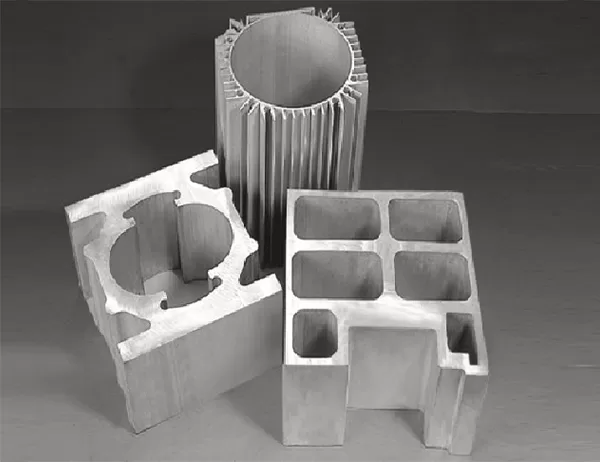When it comes to choosing the best 100mm aluminum tube for your specific requirements, there are several crucial factors to consider. This comprehensive guide will delve into the essential aspects that will help you make an informed decision.
1. Diameter and Thickness
The diameter and thickness of the aluminum tube are paramount. The diameter should align precisely with your intended application. Consider the size of the parts or components that the tube will accommodate. The thickness, on the other hand, influences the strength and rigidity of the tube. For structural applications, a thicker tube will provide greater support and durability.
2. Alloy Composition
Aluminum alloys offer a wide range of properties, including strength, corrosion resistance, and weldability. For structural applications, alloys such as 6061 and 6063 are commonly used due to their high strength-to-weight ratio. For applications involving exposure to harsh environments, alloys with enhanced corrosion resistance, such as 5052 and 5083, are more suitable.
3. Temper
The temper of an aluminum tube refers to its hardness and strength. It is achieved through a series of heat treatments. For applications requiring high strength and rigidity, a tube with a temper designation of T6 or higher is recommended. For applications where flexibility is more important, a tube with a temper designation of T4 or lower may be more appropriate.
4. Surface Finish
The surface finish of the aluminum tube can impact its aesthetics and durability. Common surface finishes include mill finish, anodized finish, and powder-coated finish. Mill finish offers a natural, metallic appearance, while anodized finish provides enhanced corrosion resistance and a variety of colors. Powder-coated finish offers superior protection against wear and tear, making it ideal for demanding applications.
5. Joining Methods
Consider the joining methods you plan to use for your application. If welding is required, choose an aluminum tube that is compatible with your welding process. Some alloys are more weldable than others. For applications where welding is not feasible, alternative joining methods such as mechanical fasteners or adhesives can be explored.
6. Length and Tolerance
The length and tolerance of the aluminum tube are important factors to consider. Determine the desired length for your application and ensure that the tube supplier can provide the exact length or offer cutting services. Tolerance refers to the deviation from the specified length and diameter. For critical applications, tight tolerances are essential to ensure proper fit and performance.
7. Quality Standards
Choose aluminum tubes that meet recognized quality standards, such as ISO 9001 or ASME. These standards ensure that the tubes are manufactured to rigorous specifications and adhere to industry best practices. High-quality tubes provide greater reliability and consistency in performance.




